What technology is used in space? Space exploration is a testament to human ingenuity and technological advancement. From the rockets that launch us into orbit to the satellites that keep us connected, technology is the backbone of space exploration. Let’s dive into the fascinating world of space technology and discover the incredible innovations that make space travel and research possible.
Spacecraft and Satellites
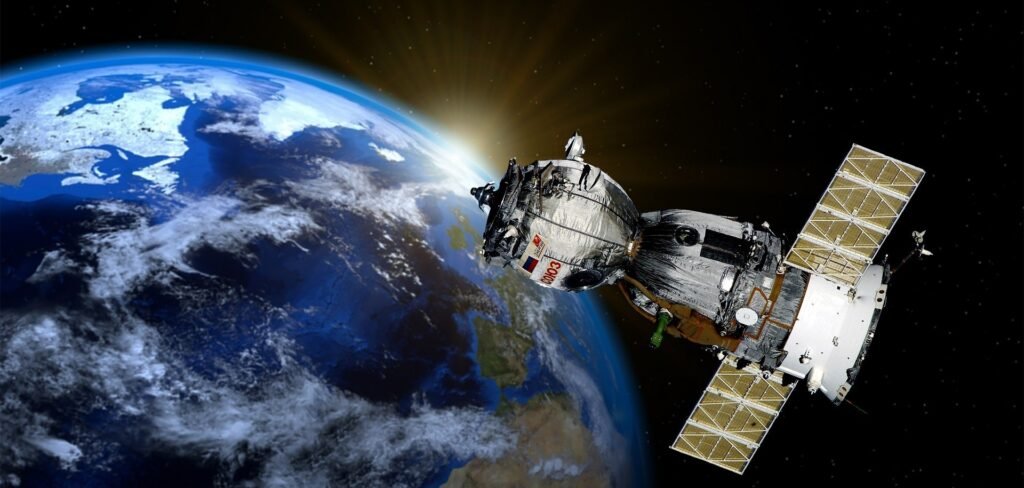
Spacecraft Design and Function
Spacecraft are designed to travel through the vacuum of space and can be either crewed or uncrewed. Crewed spacecraft, like the SpaceX Crew Dragon and NASA’s Orion, are equipped to support human life, with systems to provide air, water, and food, and to handle waste. They also include controls for navigation and communication. Uncrewed spacecraft, such as probes and landers, are used for scientific research and exploration.
Key components of spacecraft include:
- Propulsion Systems: For maneuvering and travel.
- Life Support Systems: To ensure the safety and well-being of astronauts.
- Communication Systems: To relay data between the spacecraft and Earth.
Satellites
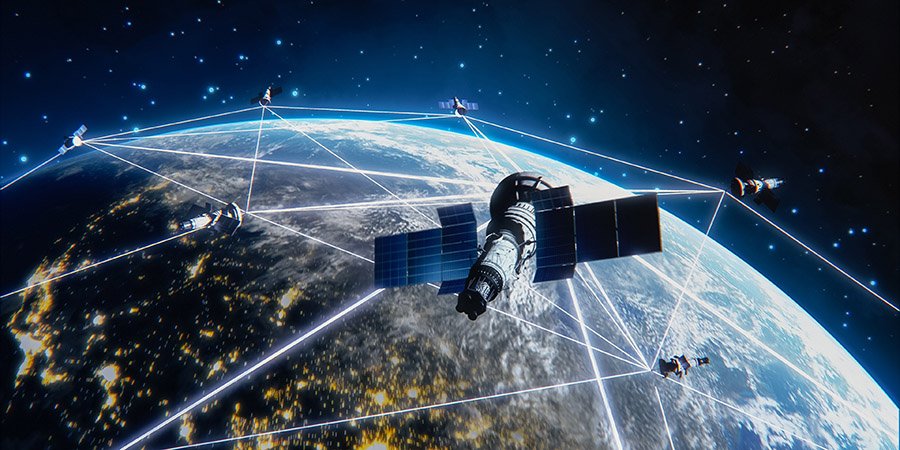
Satellites orbit Earth and provide critical data for communication, weather forecasting, and scientific research. There are several types of satellites:
- Communication Satellites: Facilitate global communication and broadcasting.
- Weather Satellites: Monitor weather patterns and climate changes.
- Scientific Satellites: Conduct experiments and gather data on space and Earth.
Propulsion Systems
Rocket Propulsion
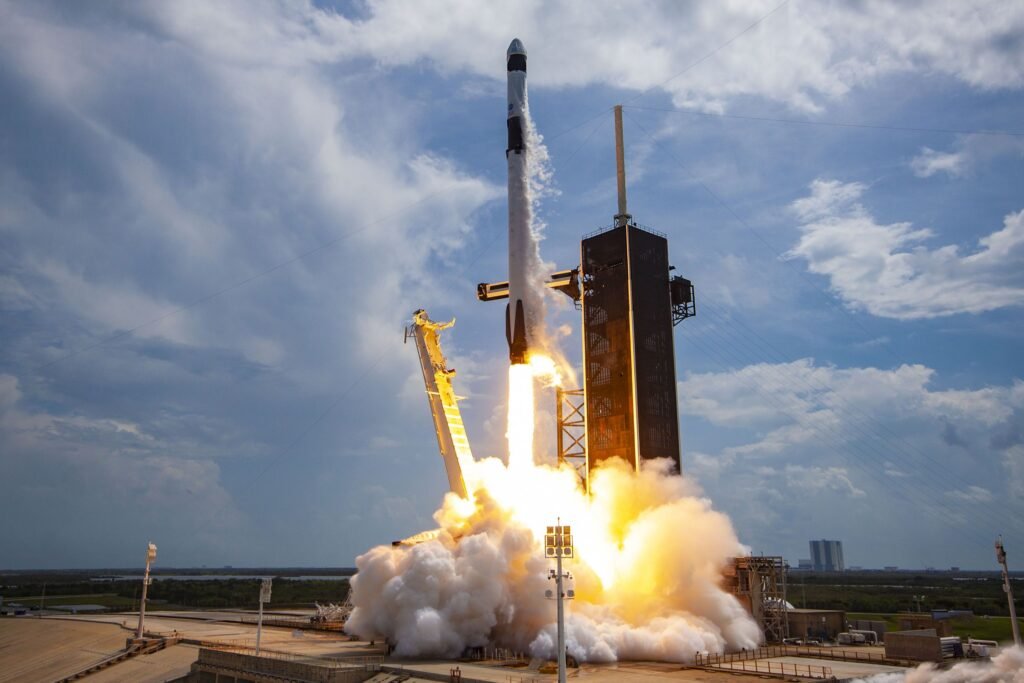
Rockets are the primary means of reaching space. Chemical rockets use combustion of fuel and oxidizers to produce thrust. These are the most common type for launching spacecraft. Ion and electric propulsion systems, on the other hand, use electricity to ionize and accelerate propellant, providing a more efficient and sustained thrust for deep space missions.
Advanced Propulsion Technologies
- Nuclear Propulsion: Utilizes nuclear reactions to generate high-speed thrust. This technology could revolutionize deep space travel by providing higher efficiency and longer-duration missions.
- Solar Sails: Harness the pressure of sunlight for propulsion, offering a new way to travel through space without traditional fuel.
Space Communication Technologies
Radio Frequency Systems
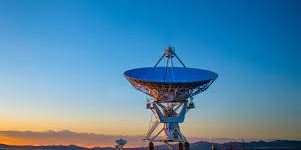
Spacecraft communicate with Earth using radio frequency (RF) systems. These systems use radio waves to transmit data, commands, and telemetry. Communication can be direct or relay through satellites.
Optical Communication
Optical communication uses light to transmit data, offering higher bandwidth compared to traditional RF systems. However, it requires precise alignment and is affected by atmospheric conditions.
Laser Communication
Laser communication provides high-speed data transmission by using laser beams. This technology enables faster and more efficient data transfer across vast distances.
Life Support Systems
Air and Water Management
Maintaining breathable air and clean water is crucial for life support in space. Systems generate oxygen and recycle water to ensure astronauts have the essentials for survival.
Temperature Control
Spacecraft use temperature control systems to manage the extreme temperatures of space. These systems include heaters, coolers, and insulation to maintain a stable environment.
Waste Management
Efficient waste management systems handle human waste and other refuse, recycling as much as possible to minimize the impact on spacecraft resources.
What technology is used in space? Space Robotics
Robotic Arms and Rovers
Robotic arms, like those on the International Space Station (ISS), and rovers, such as NASA’s Perseverance, perform tasks in space and on planetary surfaces. These robots conduct repairs, collect samples, and gather data.
Autonomous Systems
Autonomous systems use AI and machine learning to perform tasks with minimal human intervention. These systems can make real-time decisions and adapt to new conditions, enhancing mission efficiency.
Space Telescopes and Observatories
Role and Importance
Space telescopes like the Hubble Space Telescope and James Webb Space Telescope provide unparalleled views of the universe. They help scientists observe distant galaxies, stars, and other celestial phenomena.
Technological Advancements
Modern space telescopes are equipped with advanced optical and infrared capabilities, allowing for detailed observations of the universe’s formation and evolution.
Space Suits and Extravehicular Activity (EVA)
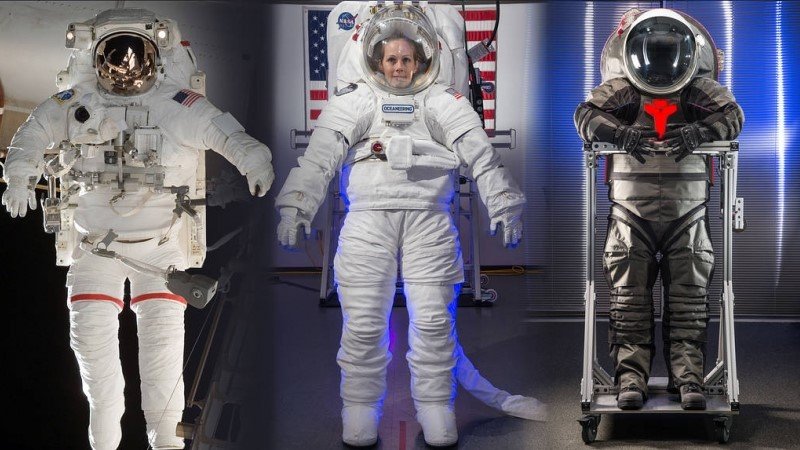
Design and Functionality
Space suits are designed to protect astronauts from the harsh environment of space. They provide life support, protection from radiation, and mobility for conducting extravehicular activities (EVA).
Challenges of EVA
Extravehicular activities pose challenges, including the need to manage microgravity effects and ensure astronaut safety during spacewalks. Advances in suit technology aim to improve comfort and functionality.
Navigation and Control Systems
Spacecraft Navigation
Spacecraft use various navigation systems to determine their position and trajectory. This includes GPS and onboard sensors, which ensure accurate travel and maneuvering.
Guidance and Control Technologies
Guidance and control technologies such as thrusters, gyroscopes, and reaction wheels help maintain spacecraft stability and execute precise maneuvers.
Space Exploration Vehicles
Crewed Spacecraft
Crewed spacecraft are designed to support human life and enable exploration beyond Earth’s orbit. Examples include the Space Shuttle and the upcoming Artemis missions.
Robotic Explorers
Robotic explorers, like Mars rovers and landers, are used to explore planetary surfaces and gather scientific data. These vehicles operate autonomously or are controlled remotely from Earth.
Materials and Manufacturing in Space
Spacecraft Construction Materials
Spacecraft are built from materials that withstand space’s harsh conditions. This includes lightweight composites and heat-resistant alloys.
Additive Manufacturing
Additive manufacturing (3D printing) in space allows for on-demand production of parts and repairs, reducing the need for extensive spare parts and enabling rapid modifications.
Impact of Space Technology on Earth
Daily Life Applications
Space technology impacts our daily lives through communication systems, weather forecasting, and navigation. Satellites play a crucial role in these areas.
Technological Spinoffs
Innovations developed for space exploration often lead to technological spinoffs that benefit various industries, including healthcare, agriculture, and environmental monitoring.
Future Trends in Space Technology
Upcoming Innovations
The future of space technology includes advancements like reusable spacecraft, interplanetary missions, and advanced propulsion systems. These innovations promise to expand our exploration capabilities.
Potential Challenges
Challenges include cost, sustainability, and safety concerns. Addressing these challenges will be crucial for the continued advancement of space exploration.
Conclusion
Space technology is a marvel of human ingenuity, driving exploration and discovery beyond our planet. As we continue to push the boundaries of what’s possible, the technologies we develop will not only advance our understanding of the universe but also enhance life on Earth.
FAQs
- What are the primary types of space propulsion systems?
- Chemical rockets, ion propulsion, and solar sails are key types of space propulsion systems.
- How do satellites benefit our daily lives?
- Satellites enable communication, weather forecasting, and navigation, among other applications.
- What is the purpose of space suits?
- Space suits protect astronauts from the harsh environment of space, providing life support and mobility.
- How does laser communication work in space?
- Laser communication uses light beams to transmit data, offering high-speed and high-bandwidth communication.
- What future trends are expected in space technology?
- Future trends include advancements in reusable spacecraft, interplanetary missions, and new propulsion technologies.

